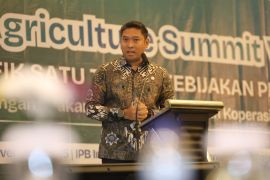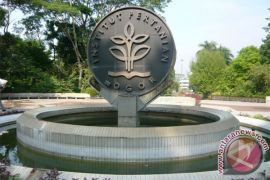"It is necessary to characterize genetic variants or species of tree populations," Professor of Forestry Faculty of IPB Dr. Iskandar Z Siregar said here on Thursday.
Through the classification of tree species, the DNA of the tree population could be developed and studied.
Further, in sampling DNA from scattered trees in forests, new DNA of one type of genetic variants could be obtained.
In general, he noted, the study showed the level of genetic variants in the population and among a diverse population, ranging from low to high
depending on the species of tree.
"Generally, forest trees have higher genetic diversities than other plants," he said.
The research could also be used to anticipate the negative impact of forest management.
"Functions and duties of the forest include anticipating disasters and preserving endangered animal species," he reiterated.
Siregar explained that forest genetics could be used to maintain the quality of seeds.
It was noted that this research helps fill and complement gaps in genetic information.
"The role and utilization of forest tree resources should be adjusted, based upon the Nagoyalih Protocol on sharing the benefits derived from the use of traditional knowledge of natural resources.
(UU.A063/INE)
(UU.A063/B/KR-BSR/A014)
Editor: Aditia Maruli Radja
Copyright © ANTARA 2016











